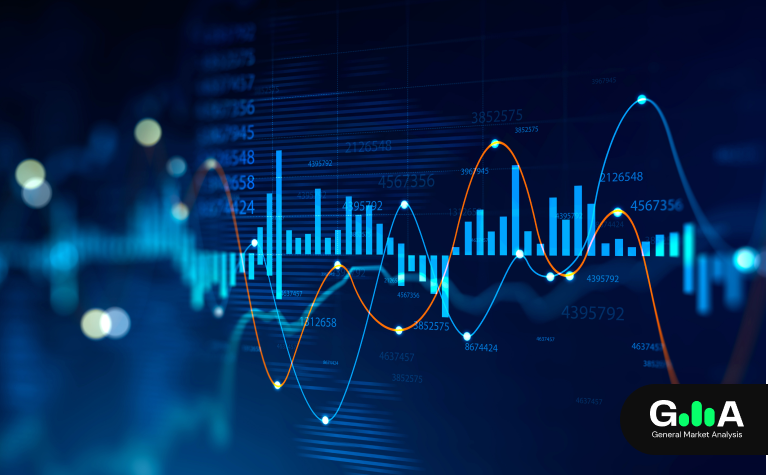So, you’re thinking about trading stocks on the Australian stock market? Or, you need a little extra information before stepping into the ASX trading floor. With IC Markets now offering Share Trading for Australian clients, it’s essential to grasp the ins and outs of the ASX, how it operates, and what it means to buy and sell shares, especially when compared to Cboe.
What is the share market?
The share market, commonly referred to as the stock exchange, is a transparent and regulated marketplace in which shares in public companies are bought and sold. In Australia, we have not one, but two major players; the Australian Securities Exchange and Chi-X.
What is the ASX?
The Australian Securities Exchange, notably known as the ASX is a marketplace of multiple independent exchanges across Australia. It was created by the merger of the Australian Stock Exchange and the Sydney Futures Exchange in July 2006. It is proudly ranked in the top 10 listed exchange groups measured by market capitalization worldwide and is often known for its transparency, robust regulatory framework, and an investor-friendly haven.
The ASX wears “two hats” one as the ‘primary market’, where publicly-listed companies raise capital by issuing shares for sales, and the other as the ‘secondary market’, where investors trade shares at prices dictated by market forces.
What is the structure of the ASX?
The ASX plays host to a diverse array of companies, from colossal multinationals to nimble, emerging firms. These companies are neatly categorised based on their market capitalisation falling into large-cap, mid-cap, and small-cap stocks.
You may have heard of the ASX200, sometimes known as S&P/ASX 200 which showcases the performance of Australia’s largest 200 companies.
The ASX operates during regular trading hours, which are typically between 10:00AM through to 4:00PM (AEST) on business days. The ASX is regulated by the Australian Securities and Investments Commission (ASIC) responsible for promoting a fair, transparent, and efficient financial system for all.
How does a company get onto the ASX 200?
Ever wondered how a company earns its spot on the prestigious ASX 200?
Every quarter, an audit takes place, and companies must meet these criteria:
- They must be publicly traded
- Their market capitalization must rank within the top 200 of the ASX
- There must be sufficient liquidity, ensuring enough shares are available for potential investors to trade
Some household name you’ll regularly find on the ASX 200 roster include Wesfarmers Limited (WES), the big four banks, real estate companies such as Mirvac Group (MGR) and Scentre Group Limited (SGL) and materials companies like BHP Group Limited (BHP) and Bluescope Steel Limited (BSL).
So I know what ASX is, what is Cboe?
First launched in 2011 under Chi-X, Cboe is an alternative trading platform and stock exchange for Australian securities which IC Markets provides the trader access to. Investors can trade Cboe’s unique range of products alongside ASX-listed shares, bringing a new level of competition to the local share market.
How is Cboe different from the ASX?
For starters, Cboe’s trading runs from 10:00AM to 4:13PM (AEST) and is a day-only trading exchange, meaning orders can’t linger overnight. This can translate to faster order execution compared to the ASX, as there can be less backlog of other orders to compete with. Additionally, Cboe does not operate an opening and closing auction like its ASX counterpart.
Cboe operates in the same way as the ASX:
- You make a transaction through a broker
- The broker executes the transaction on the exchange
- The shares are registered to your Holder Identification Number (HIN) to mark your ownership





